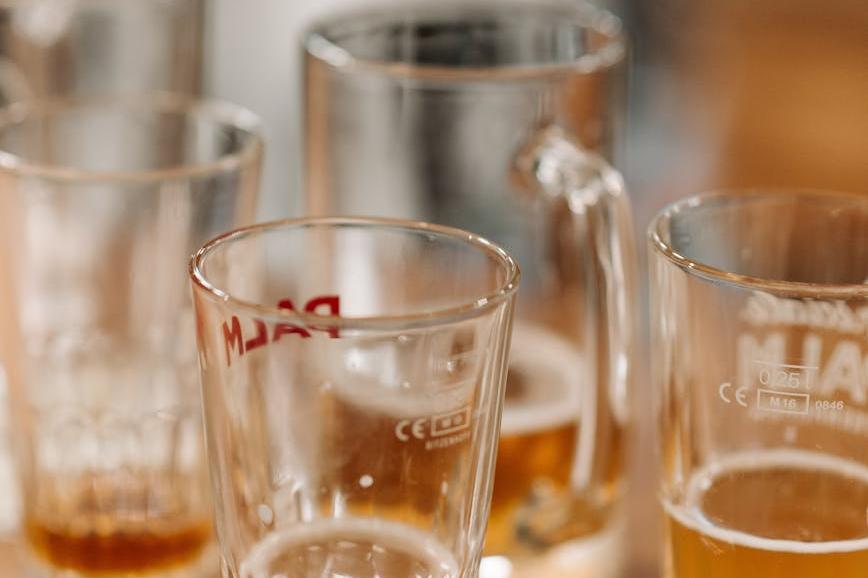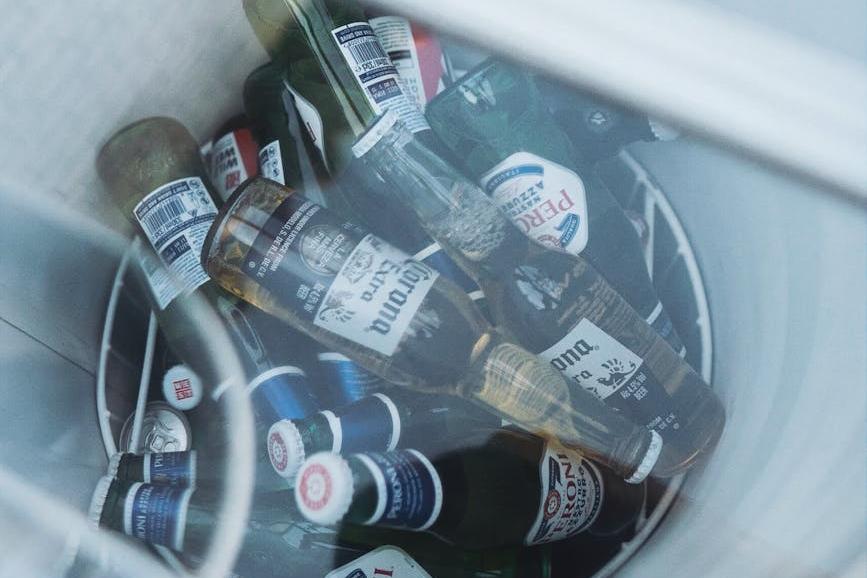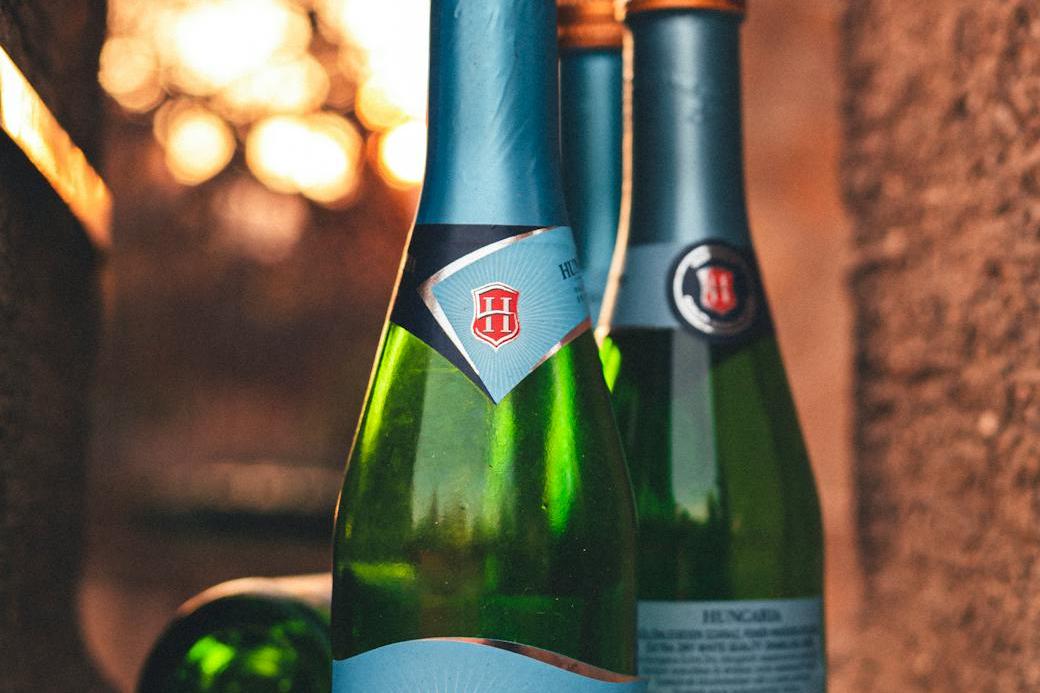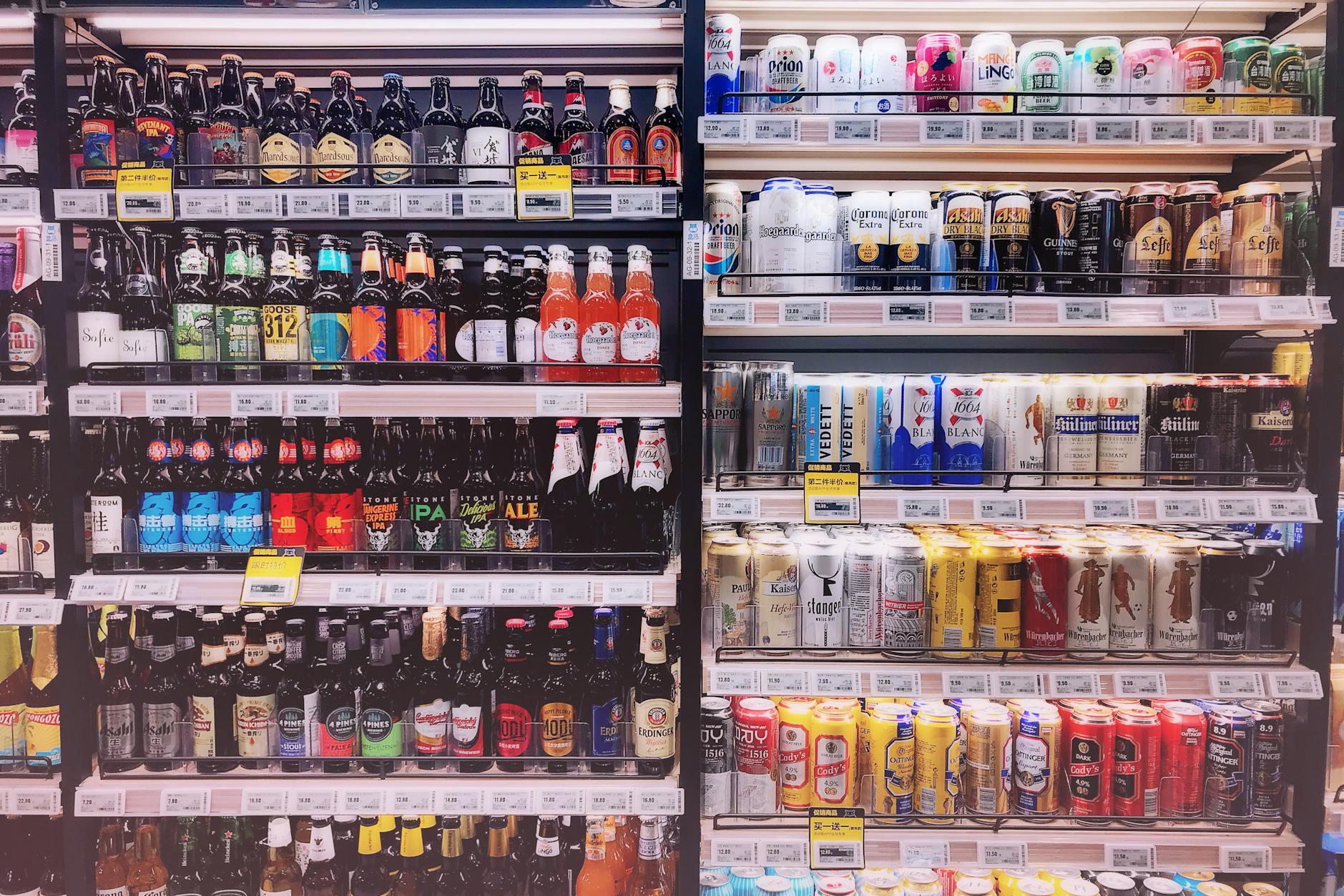- Shanghai Zhongshen International Trade Co., Ltd. - Two decades of trade agency expertise.
- Service Hotline: 139 1787 2118

Twenty years of practical experience: beer import is not as simple as opening a bottle,
At the Munich Oktoberfest, Ive seen too many domestic purchasers sign agency agreements with great enthusiasm, but only find out after the goods arrive at the portIncorrect Classification of Customs Codes Leads to Doubling of Taxes and Fees, orCraft beer with only three months of shelf - life stuck in the bonded warehouseAs an old hand who has handled over 300 beer import casesforeign trade, today, three real - life scenarios will help you understand the industry know - how.
Qualification review must follow the four checks and three verifications principle
Last year, the German dark beer represented by a certain chain supermarket lackedChinese Nutrition Facts TableThe entire container was returned for shipment, resulting in a direct loss of 370,000 yuan in customs duty margin. This lesson tells us:
- Four Core Inspection Documents:
- It is recommended to verify through the following methods:Books (Pay attention to the new anti - counterfeiting watermark in the EU)
- Health certificate (microbiological indicators must comply with GB 7101)
- Proof of filling date (It is recommended to mark the production week number for craft beer)
- Alcohol content test report (an error exceeding ±0.5% may trigger a customs inspection)
- Three - inspection special qualifications:
- Registration number of overseas manufacturers of imported food (validation of the validity of the 18 - digit code)
- Record - filing certificate of hop planting base (Involving raw material traceability requirements)
- Test report on the pressure resistance of glass bottles (Especially for high - foam champagne beer)
Customs clearance strategy determines a 30% cost fluctuation
Also importing abbey beer from Belgium, Company A choosesOrdinary tax rate(14% customs duty + 13% VAT), Company B adoptsRCEP agreement tariff rates(8.4% customs duty + cumulative tax reduction), with a cost difference of 23,000 yuan per container. The key decision - making points are:
- The degree of malt determines the HS Code:
- Malt concentration < 10.08°P is classified as 22030000
- Malt concentration ≥ 10.08°P is classified as 22029000
- Transportation temperature affects the customs clearance efficiency:
- Cold chain system needs to be reported in advance for refrigerated transportation at 0 - 4℃.
- Naturally fermented beer should avoid the risk of direct sunlight
The logistics plan should reserve a buffer coefficient
2025第一季度 The strike incident at the Port of Hamburg led to42 beer containers being delayed., those adoptingMaritime Transportation+EmergencyAir Transportationsegmented insurance agents reduced penalty payments by 85% compared to pure ocean shipping solutions. It is recommended to establish a three-tier logistics guarantee:
- Basic plan:The loading capacity of a 20GP container should be controlled at 18 - 19 tons (to avoid overweight surcharges).
- Emergency plan:Reserve 10% of the cargo value to buy shipping index futures for hedging.
- Special plan:For canned beer, railway transportation is preferred (the vibration damage rate is 47% lower than that of sea transportation).
Those years we stepped into the beer pitfalls,
Finally, share the pit - avoiding guides in three real cases:
- Czech Pilsner beer:The wooden pallets were not fumigated, resulting in the entire batch of goods being detained at the terminal for 27 days.
- American IPA beer:Alcohol content labeled as 5% vol instead of 5%vol (space issue triggered customs declaration amendment)
- Japanese sparkling wine:Failure to declare the proportion of malt substitutes was identified as a misclassification, and a tax supplement of 127,000 yuan was required.
Standing by the Huangpu River watching the newly docked beer carrier, I recalled my first Heineken import from the Netherlands twenty years ago. This industry has no shortcuts, but an experienced foreign trade team can save you seven-digit tuition fees. Next time you raise your glass, may this imported beer no longer carry the bitterness of hidden costs.
Related Recommendations
Category case
Get in Touch
Email: service@sh-zhongshen.com
Related Recommendations
Contact via WeChat

? 2025. All Rights Reserved. Shanghai ICP No. 2023007705-2  PSB Record: Shanghai No.31011502009912
PSB Record: Shanghai No.31011502009912









